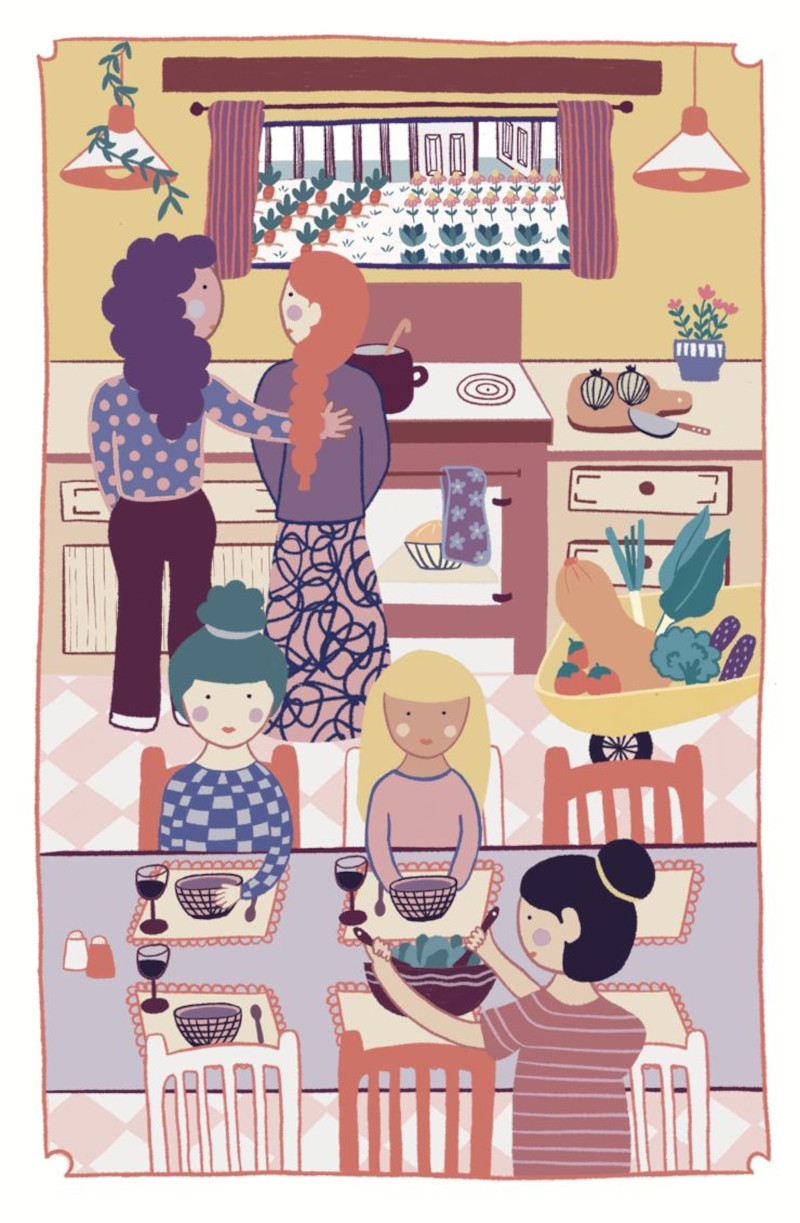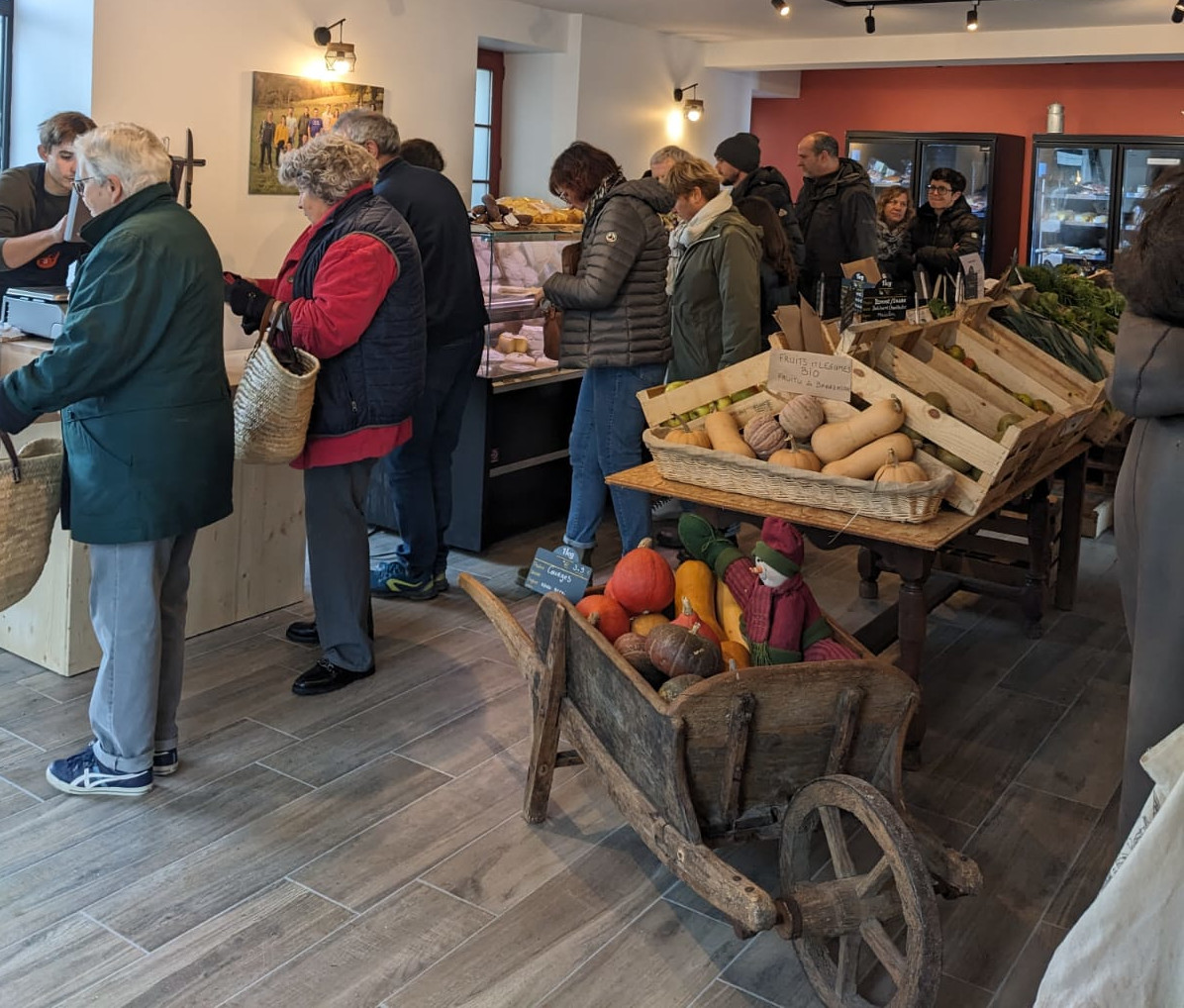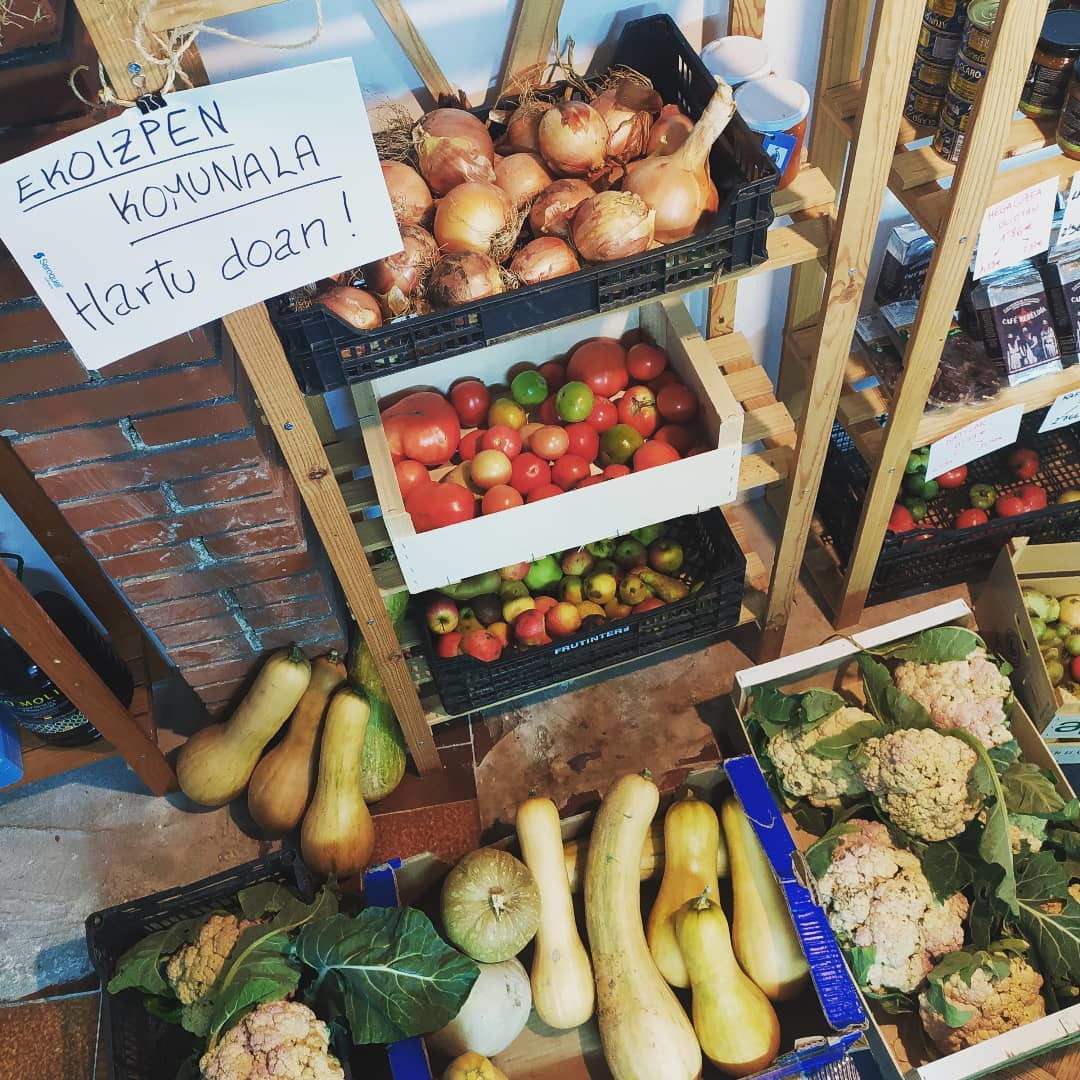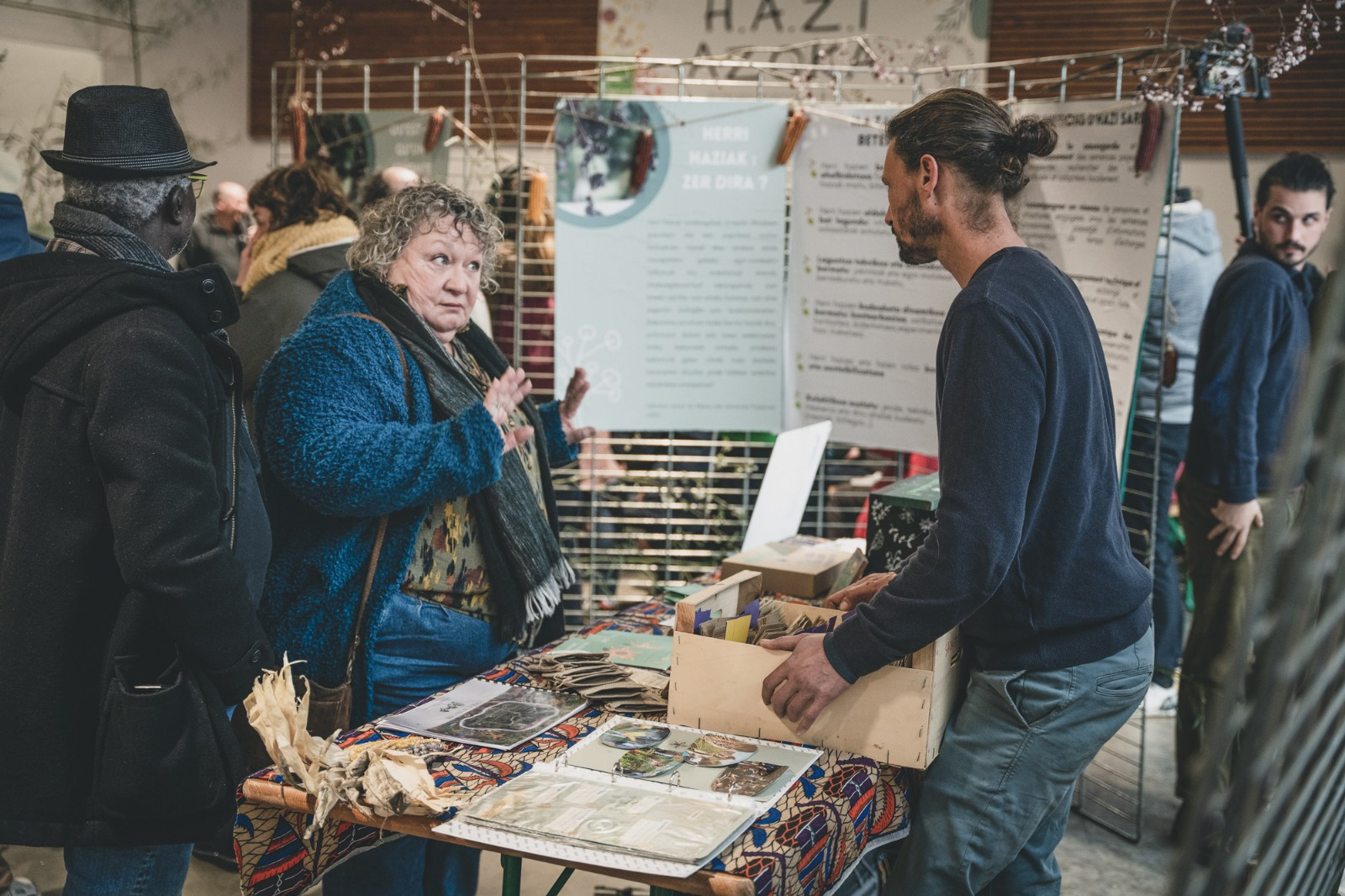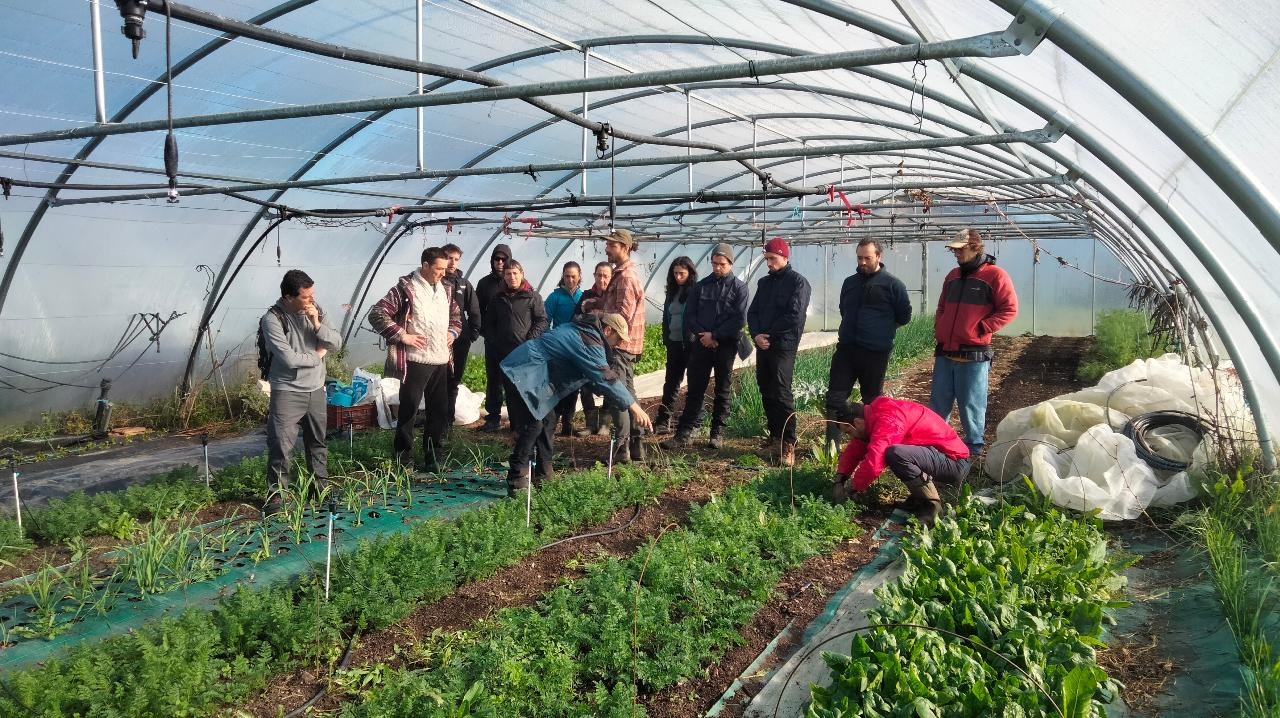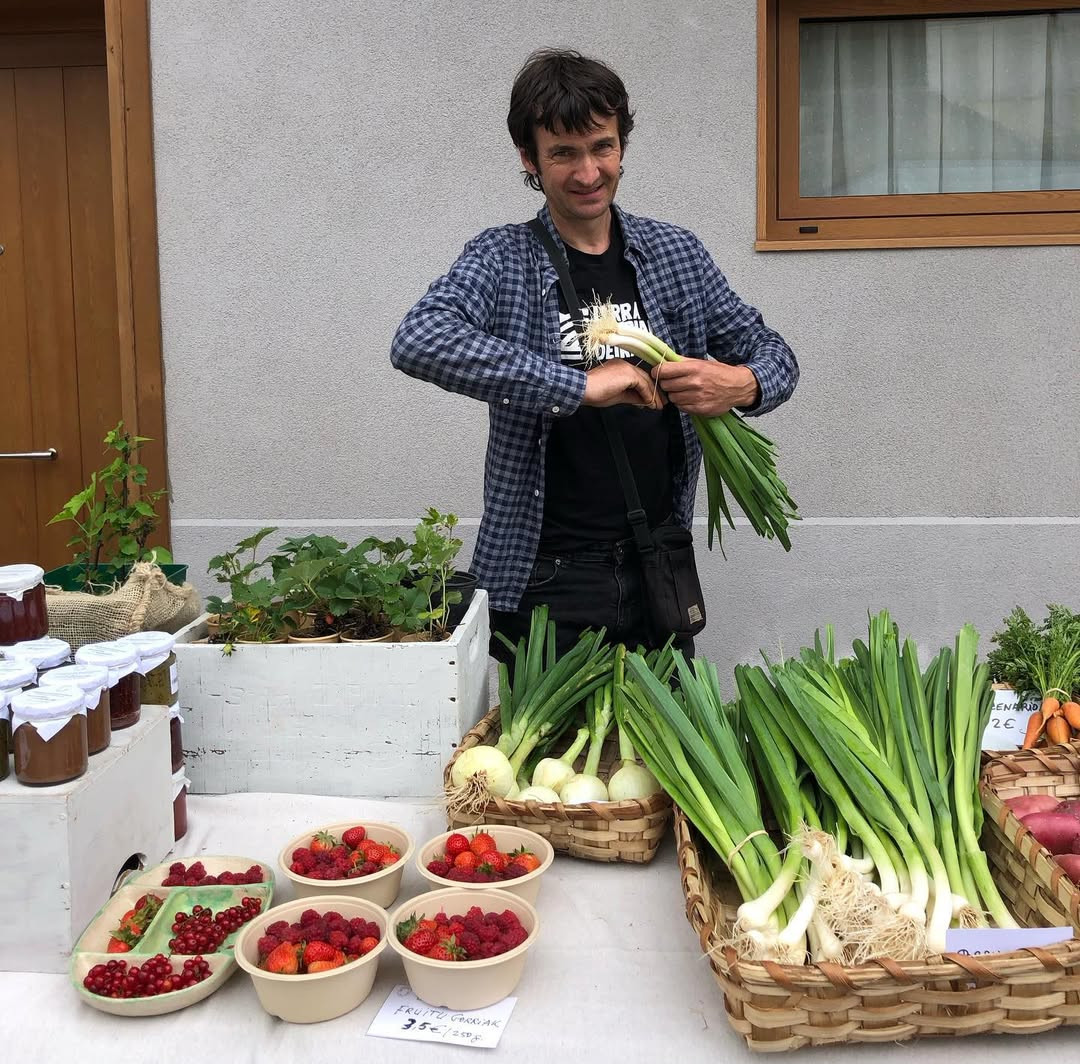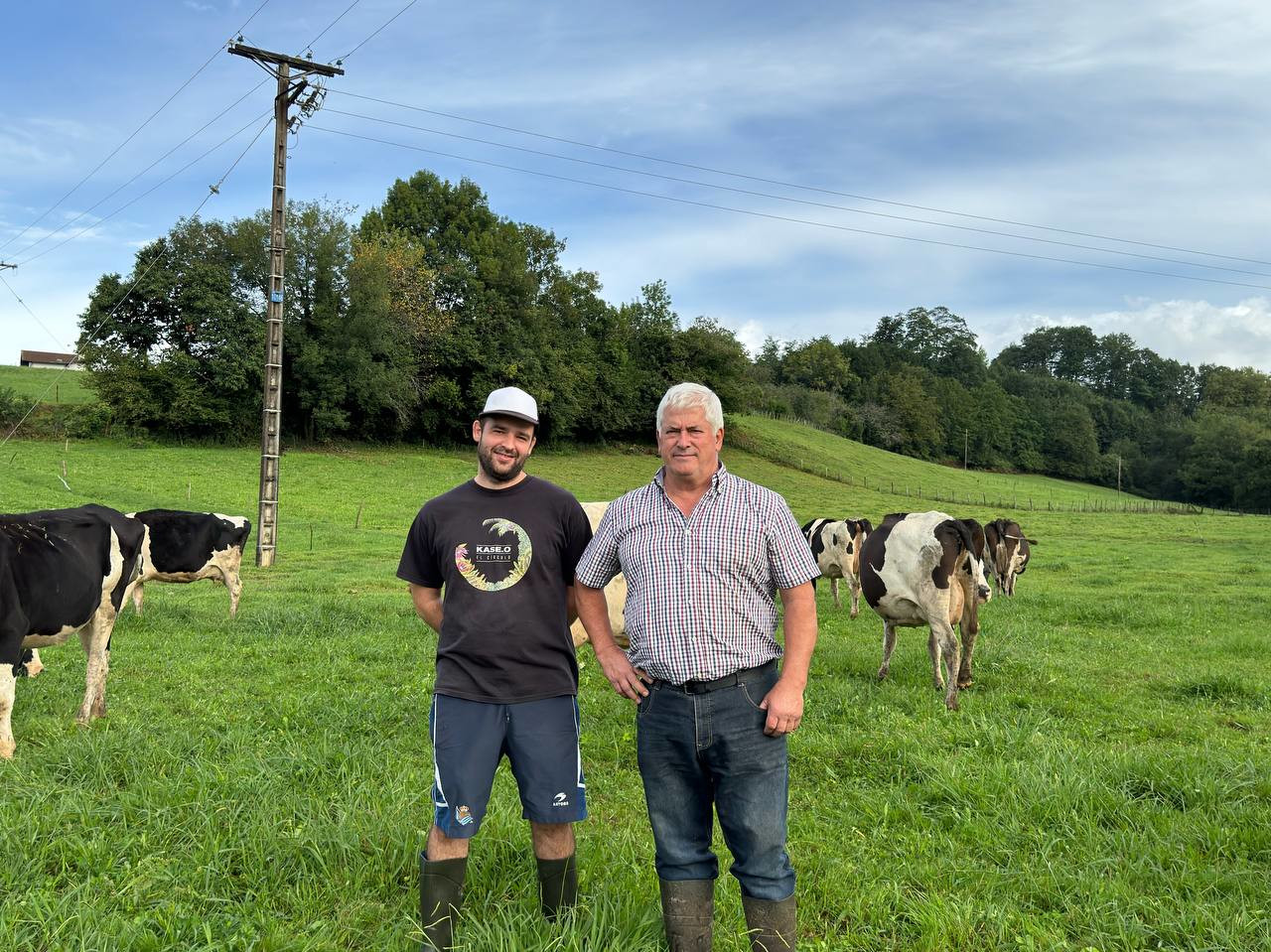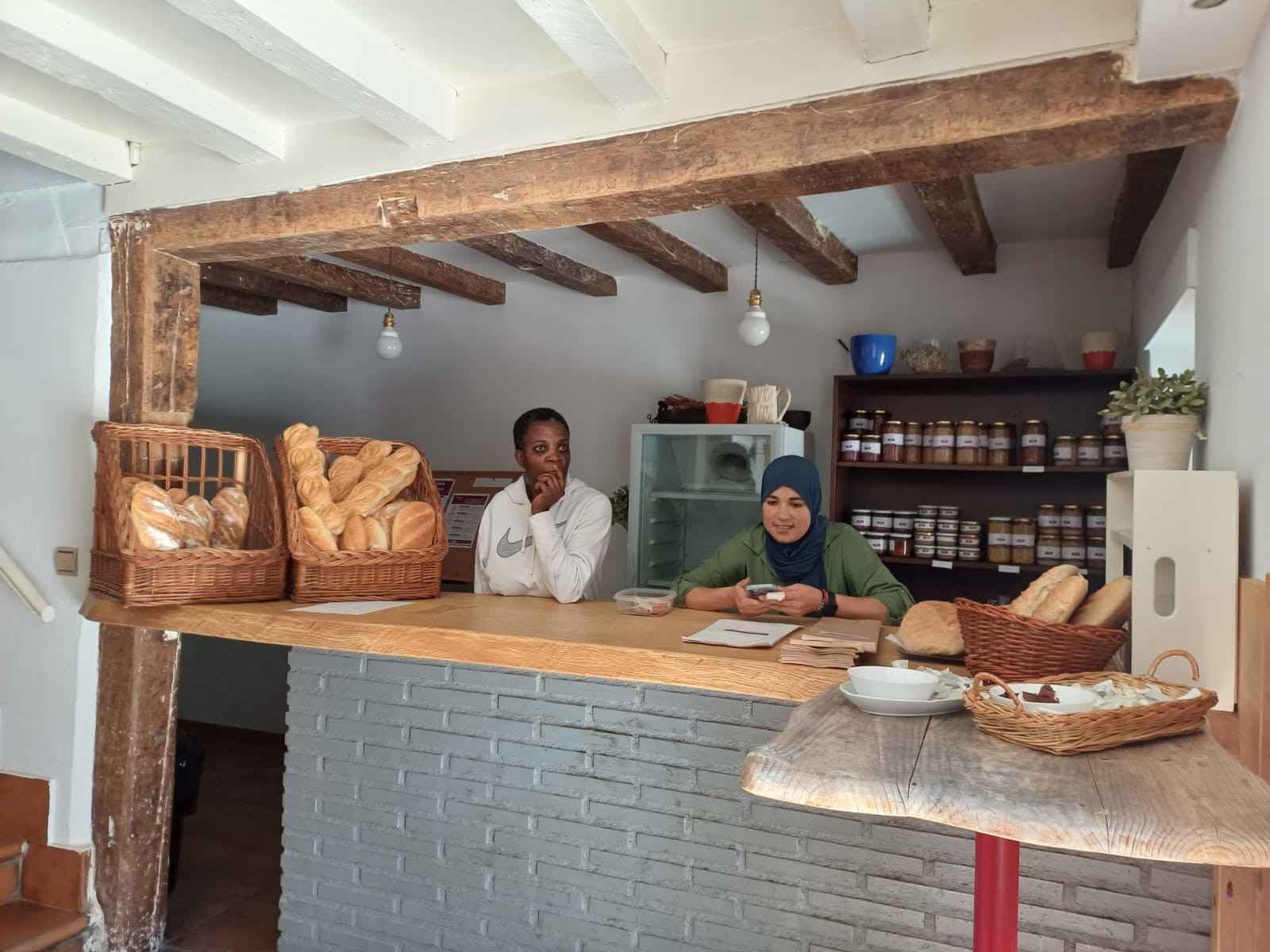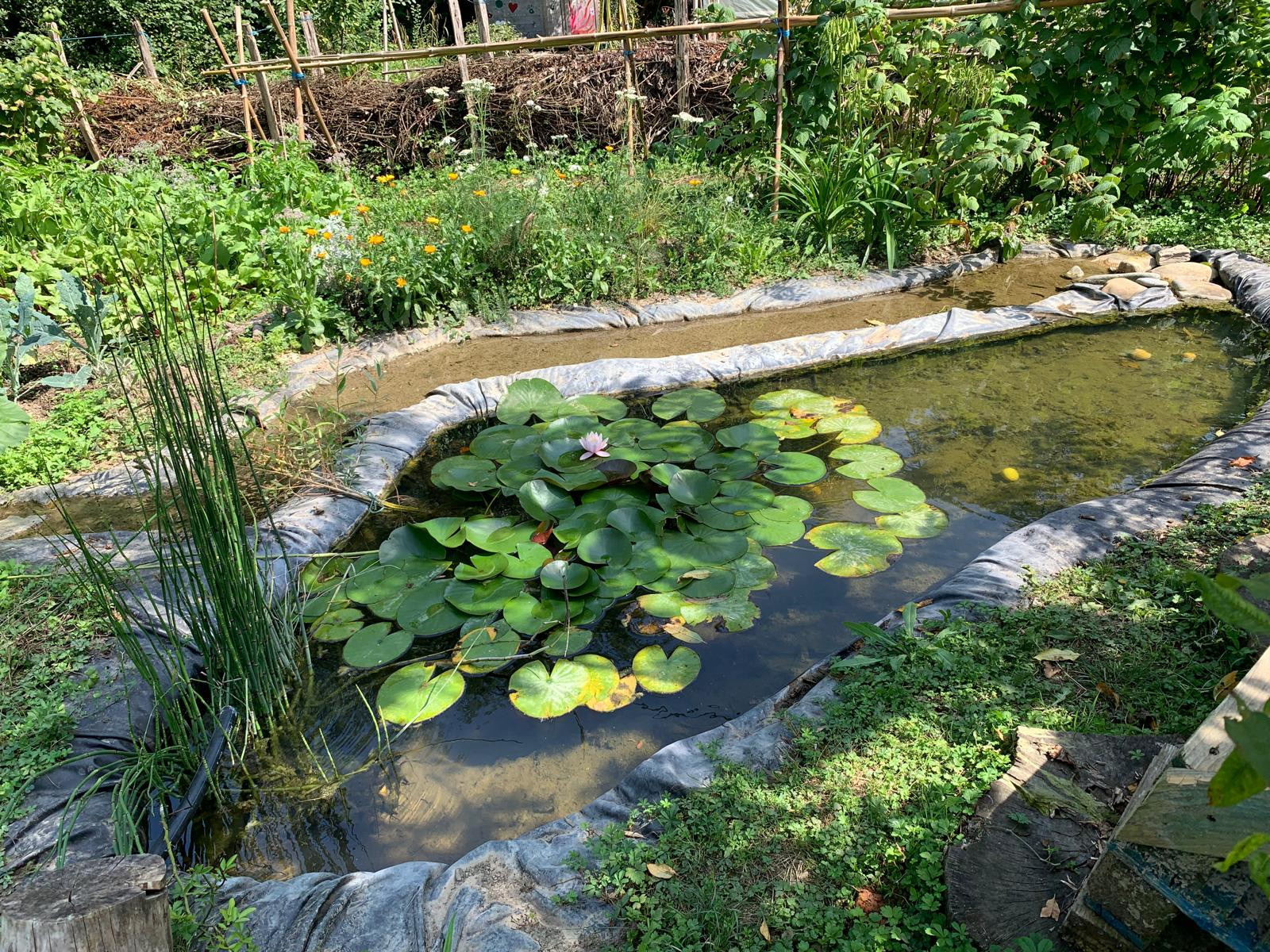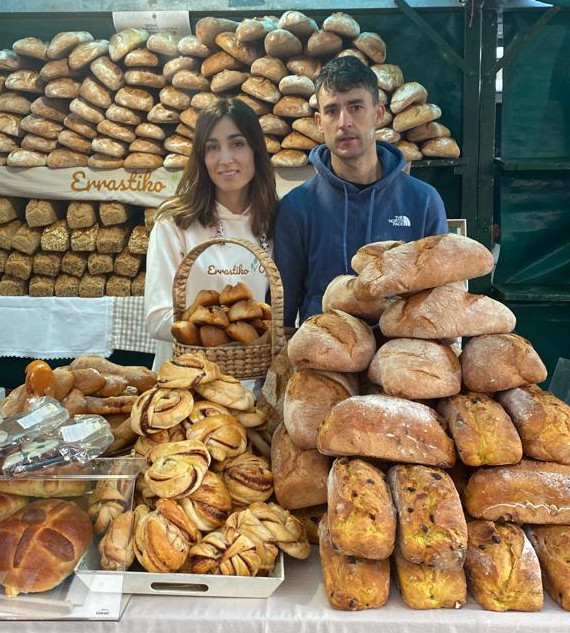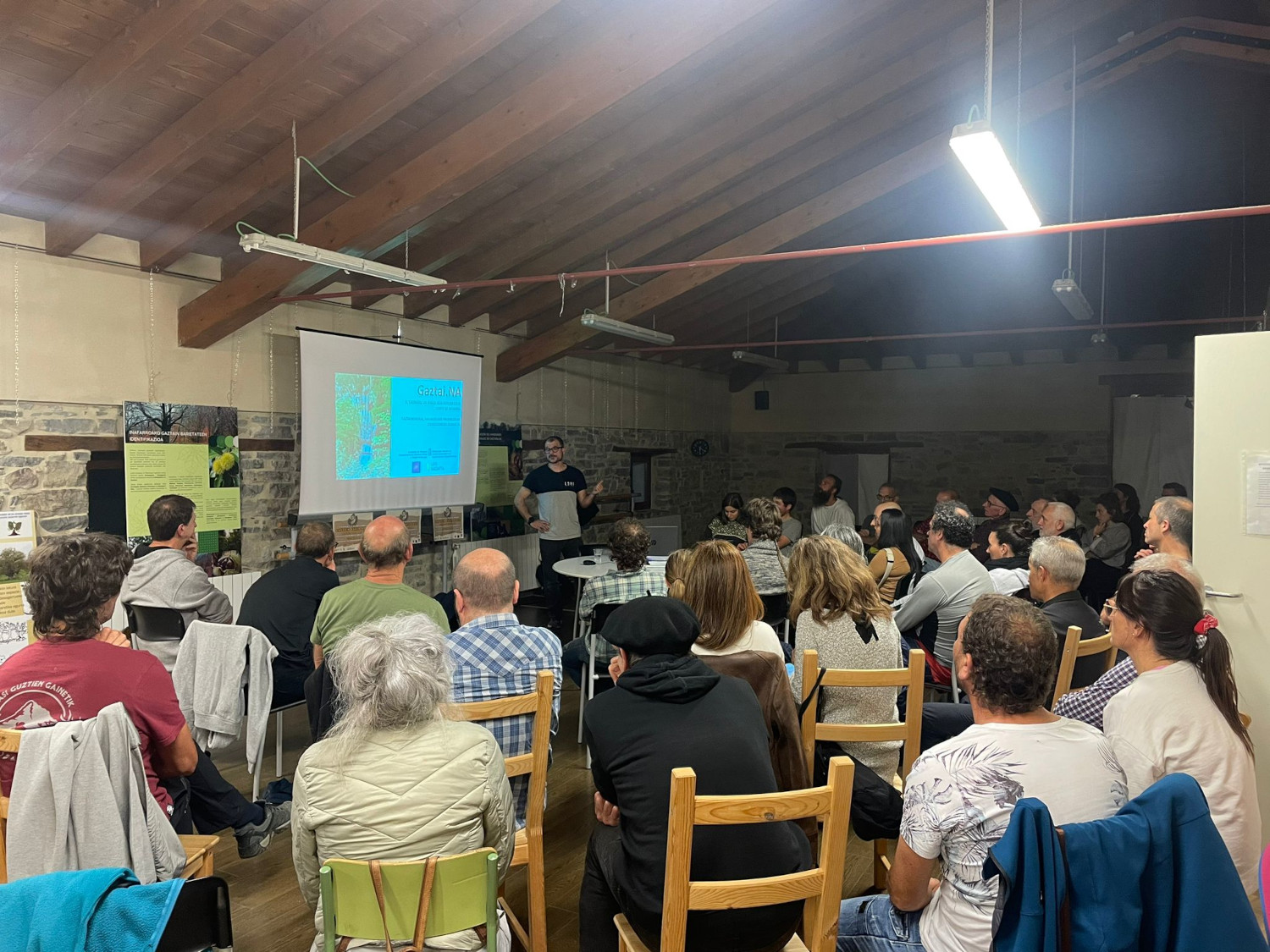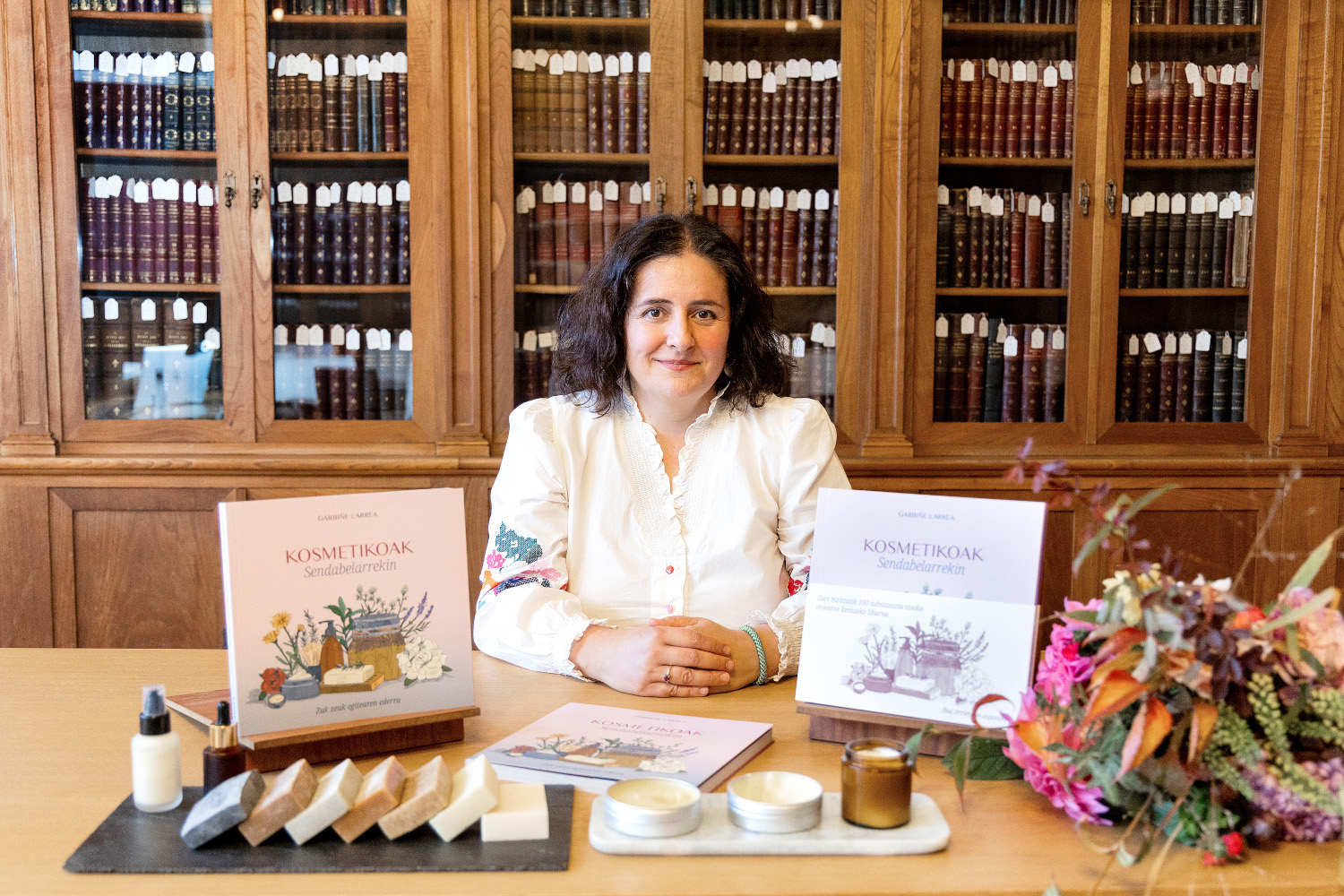Project to boost the production of nuts in Álava
- Salt flats come to mind when we talk about Añana. Yes, the Salty Valley is known, but in those areas there is beyond salt. In Zambrana, for example, in the Cuadrilla de Añana, since 2019, they have launched a testing field for the production of nuts, to carry out tests with different types of nuts, almonds and hazelnuts. The project was launched by the Asociación de Desarrollo Rural de Añana, in collaboration with the City Council of Zambrana, the Farmers Association UAGA and the research center NEIKER. They are satisfied with the results obtained so far and expect the production of nuts to have a promising future in the area. An interesting option, considering that in the CAPV the consumption of these fruits increases every year by 5%.

“At the end of February and March we organized training sessions for farmers, as in this area there is a lot of knowledge of the management of cereal, potato, beet and other crops, but not so much of the driest fruit in shell,” explains Esther Durana Duque, technique of the Rural Development Association of Añana. About 30 farmers and farmers joined these theoretical-practical briefings and the organizers perceived the interest of the event. “The Diputación de Álava and the Basque Government have provided aid for these plantations, so a good opportunity is being opened in this area,” he added.
The aim of this project is to deepen the diversification of crops and to open up a new opportunity for farmers. In fact, despite the fact that there are about 200 hectares of nuts in the CAPV, almost everything is for own consumption, and few market. “Only 20% of the nuts consumed in the Community are produced in it and, in fact, we have a great opportunity to improve that data,” said the technician.
Several producers are already in operation
On the plot of Añana, varieties capable of resisting cold and frost are being tested, but also suitable for other regions. In the hectare occupied by the pilot project 144 nogales of three varieties have been placed, 144 hazelnuts of eight varieties and 72 almonds of four varieties. At this point, the plot is in transition to the ecological, and the process will end next year. As far as trees are concerned, they are expected to be in full production within two or three years. “By then, we will have to start working on the joint marketing of nuts in the area,” explains the technician.
In addition to the Zambrana project, the Torre de Armiñón brothers already work three hectares of nuts before, and so many other producers have already started. “In Zambrana and Berantevilla, two producers have planted three hectares, for example, and it seems that they are gradually gaining strength,” explains Durana. The final objective of the project is to produce in the Basque Country the amount of nuts consumed in small steps.
Emakume bakoitzaren errelatotik abiatuta, lurrari eta elikadurari buruzko jakituria kolektibizatu eta sukaldeko iruditegia irauli nahi ditu Ziminttere proiektuak, mahai baten bueltan, sukaldean bertan eta elikagaiak eskutan darabiltzaten bitartean.








